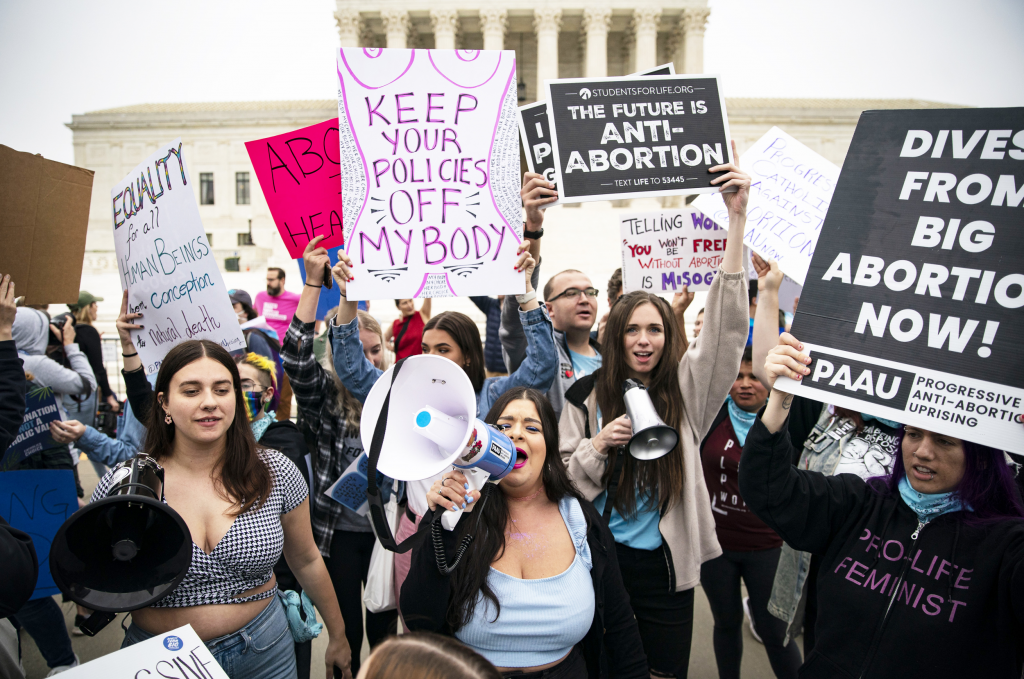
Unveiling the Polarizing Views and Public Sentiment
In a nation divided, the U.S. Supreme Court’s decision regarding the right to abortion continues to provoke a maelstrom of emotions and opinions. One year after this landmark ruling, it remains both the subject of scorn and praise, reflective of a society grappling with deeply entrenched beliefs, personal freedoms, and ethical dilemmas. This article delves into the multifaceted aftermath of the court’s decision, exploring the diverse perspectives that have emerged and the implications they carry.
The Supreme Court’s Impact: An Overview
The Supreme Court ruling, often referred to as a touchstone for reproductive rights, reverberated across the nation. Advocates of the decision hailed it as a triumph for individual autonomy, asserting that it safeguards a woman’s right to make choices about her own body. They argue that access to safe and legal abortions is essential for gender equality, reproductive healthcare, and women’s overall empowerment.
On the other hand, opponents of the ruling vehemently criticize it, basing their arguments on moral, religious, and philosophical grounds. They perceive the decision as an infringement upon the sanctity of life, asserting that every unborn child deserves protection and consideration. Their position highlights the importance of alternative options, such as adoption, and emphasizes the potential long-term emotional and psychological impacts of abortion.
The Divisive Ripple Effect
Since the Supreme Court’s decision, the nation has witnessed a pronounced ideological divide that cuts across political lines, religious affiliations, and social demographics. These divisions have manifested in various ways, shaping public discourse, legislative battles, and even influencing electoral outcomes.
Socio-Political Confrontations
The issue of abortion has remained a cornerstone of political campaigns, with candidates aligning themselves with either the pro-choice or pro-life movement. As a result, debates surrounding reproductive rights have often dominated election cycles, polarizing voters and galvanizing their support for specific candidates or parties. This heightened political climate has had a substantial impact on shaping the nation’s legislative landscape.
Legislative Battles and State Policies
In the wake of the Supreme Court ruling, numerous states have sought to pass legislation that either restricts or expands access to abortion services. This ongoing tug-of-war reflects the contrasting attitudes and values held by different regions across the United States. Some states have implemented stringent regulations, imposing waiting periods, mandatory counseling, and other requirements, making it more challenging for individuals seeking abortions. Conversely, other states have taken steps to safeguard and expand access to abortion, bolstering their reproductive healthcare services and enacting laws to protect individuals’ rights.
The Emotional Toll and Support Networks
Amidst this contentious backdrop, the decision’s repercussions extend beyond the realm of politics and law. For individuals directly impacted by the right to abortion, navigating the emotional terrain can be challenging. Consequently, support networks have emerged to offer guidance, counseling, and resources to those seeking assistance. Organizations on both sides of the debate have endeavored to provide emotional support, education, and options counseling, acknowledging the complex nature of the decision individuals may face.

Conclusion: A Nation at Odds
One year later, the U.S. Supreme Court’s decision on the right to abortion remains a catalyst for intense debate, evoking strong emotions from individuals across the nation. The aftermath of this landmark ruling has accentuated the deeply entrenched divisions that exist within society. It has prompted a reevaluation of personal beliefs, ethical frameworks, and the delicate balance


